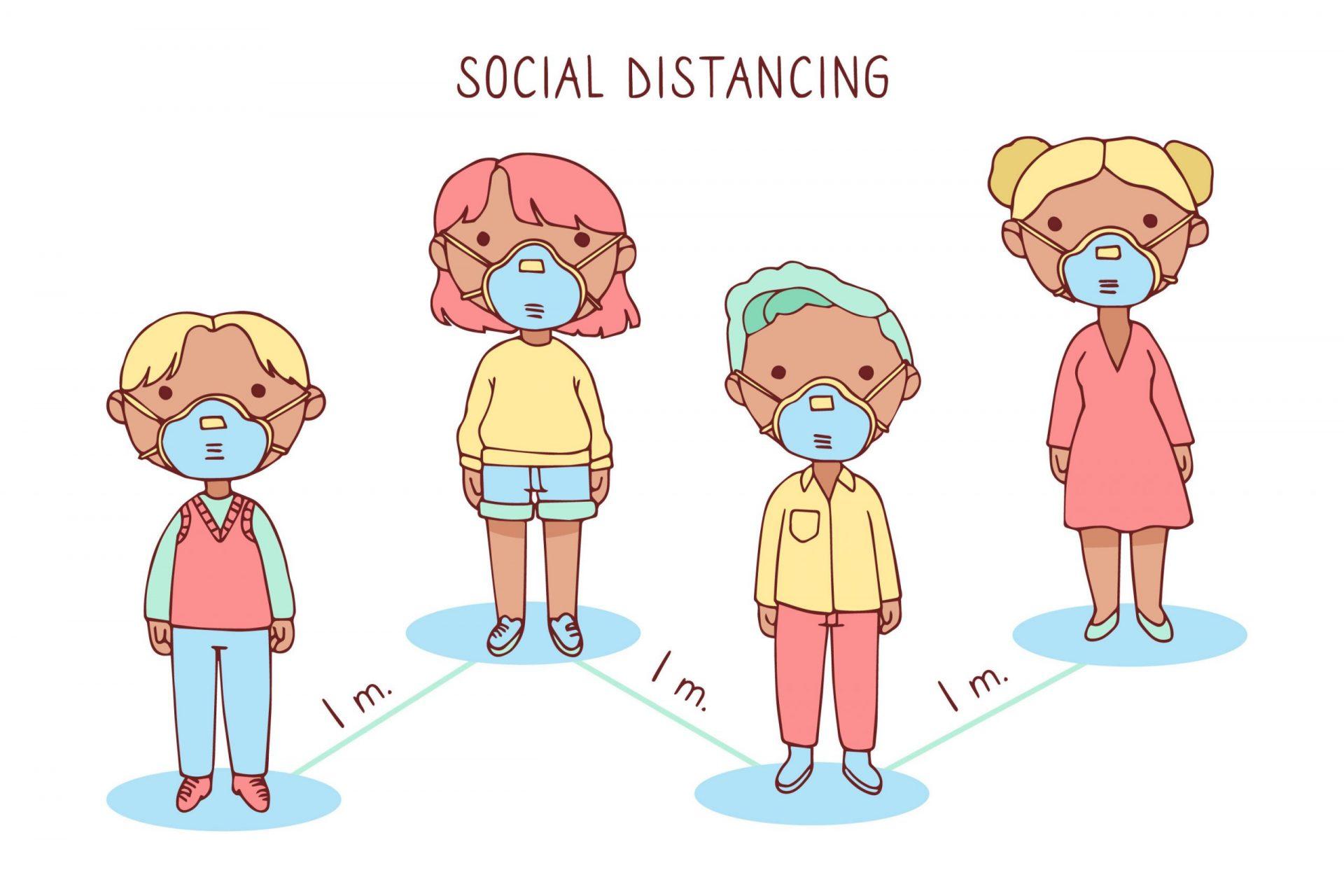Subdirectory And Subdomain – What Is It And What’s The Difference?
What Is A Subdomain?
The subdomain is known to be a part of the extra data that is added at the start of the website URL. This allows websites to categorize and organize content based on specific internet functions, they might perform.
With the help of a subdomain, you will be able to create a unique URL. The subdomain and domain are considered as two separate websites and will be tracked accordingly. Your subdomain will increase the popularity of the primary website URL and the subdomain site.
To understand this, consider this example, maps.google.com
In this example website URL, ‘maps’ is the subdomain. ‘Google’ is known as the main domain and the ‘.com’ is the top-level domain. A subdomain can be a set of random alphabets as well but make sure it is easy to write and remember.
Wildcard Subdomain
The feature of a wildcard subdomain is that they let you identify all the subdomains, which are not present in a specific account folder. This means that, when you add various subdomains to the browser, it will display the same uploaded content in the folder present in the wildcard domain.
Uses Of Subdomain
One of the major reasons developers make use of a subdomain is to test updated plugins and features before officially establishing them in the main domain. E-commerce sites make use of subdomains to handle transaction processes as a single domain can not maintain all the processes of an e-commerce website. Subdomains are also used when the actual domain establishes a mobile version website and domains in various languages.
- Create a single website in different languages. For example, (en.website.com), where ‘en’ denotes English.
- A Mobile version of the website can be created. For example, (m.website.com), where m denotes mobile version.
- Can be used to create your own network. For example, if you log in to the website WordPress.com, where you create your own blog (yourblog.wordpress.com), here ‘your blog’ is the subdomain.
What Is Meant By Subdirectory?
The subdirectory is said to be a type of subdomain, these subdirectories make use of folders to manage and organize the website’s content. The subdirectory is said to function like a small folder.
In every URL, this subdirectory appears right after the domain name or the root directory. For example, consider the URL: ecommerce.com/products, here the word ‘product’ after the backslash (/), is the subdirectory. Another example of a subdirectory is, ecommerce.com/products/price, this is also an example of a complex subdirectory.
There is no limit to the number of sub-folders you can create inside a folder. However, having hundreds of sub-folders might be difficult for the SEO to handle. The more subfolders, the more it will be difficult to maintain and manage the website.
These complex URLs with numerous layers of folders will confuse the users and be hard for them to remember. Also, with so many folders, the user will not be able to crawl through all the subfolders to find the content they are looking for. So eventually your website popularity will decrease and users will not prefer your site. Whereas, if your URL is simple and short, joboffer.com/it will become very popular among users as they can be easily remembered.
Both the subdomain and the subdirectory have their own perks. You should know where you should use these. Subdomain usually focuses on providing a better structure to the website and making it more user-friendly. But remember no matter what you use, the ultimate goal must be to get better SEO rankings.
Difference Between Subdirectory And Subdomain
Subdomains are separated from the actual root domain. They are created for various types of content that are different from the main domain. Whereas, a subdirectory is built within the root domain. They are found at the internal level of the domain.
A root domain can have both subdomains and subdirectories in its URL. Subdomains will have fewer folders in them when compared to subdirectories. This is because subdomains need various folders to store different contents of the domain. These are some of the common differences between subdirectories and subdomains.
Advantages Of Subdomains
In order to organize a website, developers make use of subdomains and make it easy to navigate between the domain and the subdomain. Navigating from a subdomain to a domain or vice versa can increase the SEO performance of a URL. Here are some ways to make subdomains useful in SEO:
1. Easy To Navigate
The subdomain can also be known as the expansion of the actual main site. Subdomains are used when detailed information regarding a topic needs to be published but do not want that information to be present in the root domain. Keeping a site organized and easily accessible to the users will enable the website to get a better keyword ranking.
2. Keywords
In order to obtain a better SEO, you need to make sure that your website has the right keywords. Making use of effective keywords will increase site traffic and improve the SEO ranking of your website. The presence of keywords on your website will impact your website in a positive way.
3. Target International Market
It is a known fact that subdomains are used to create contents that are specialized and which do not have to be stored in the root domain. These specialized contents can be unique because of the language they are published in. If your business or enterprise targets international customers based on their demographic languages, you can be sure to get better SEO performance.
4. Subdomains For Mobile Versions
Nowadays, Google focuses on prioritizing sites that are mobile friendly rather than sites that are desktop friendly. As most people prefer asking the internet through their mobile phones. Having a subdomain that supports users using mobiles will also pave a way for increasing site traffic and improving SEO performance.
These are some of the ways through which subdomains can be used to get a better SEO ranking and make sure that the site performs in a better manner. Make sure that the subdomain is not named in an irrelevant manner or by using words that are hard to remember.
To Summarize
Subdomains are a part of a root domain. They are created to add a unique extension to the actual websites. They are used to organize a website in an effective manner. They are at times used to create private sites that can not be accessed by the entire public as well.






































